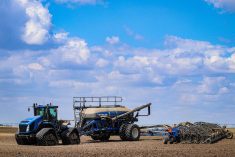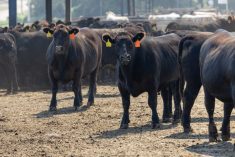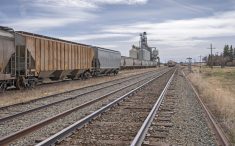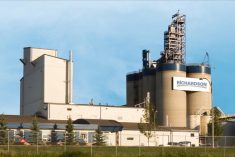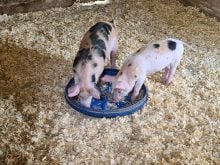A provincial surveillance veterinarian is hoping producers are vaccinating their livestock from anthrax after confirmation of two bison deaths at a ranch northwest of North Battleford, Sask., July 8.
Seven more bison also died in the same herd within 72 hours, and it’s suspected the bacterial disease is the culprit.
“One of the first things producers can do is put their animals on antibiotics (penicillin and tetracycline), which anthrax will respond to,” said Wendy Wilkins of Saskatchewan Agriculture.
“That may prevent further immediate deaths, but what needs to be done for longer-term protection of the animals is vaccination every year.”
Read Also
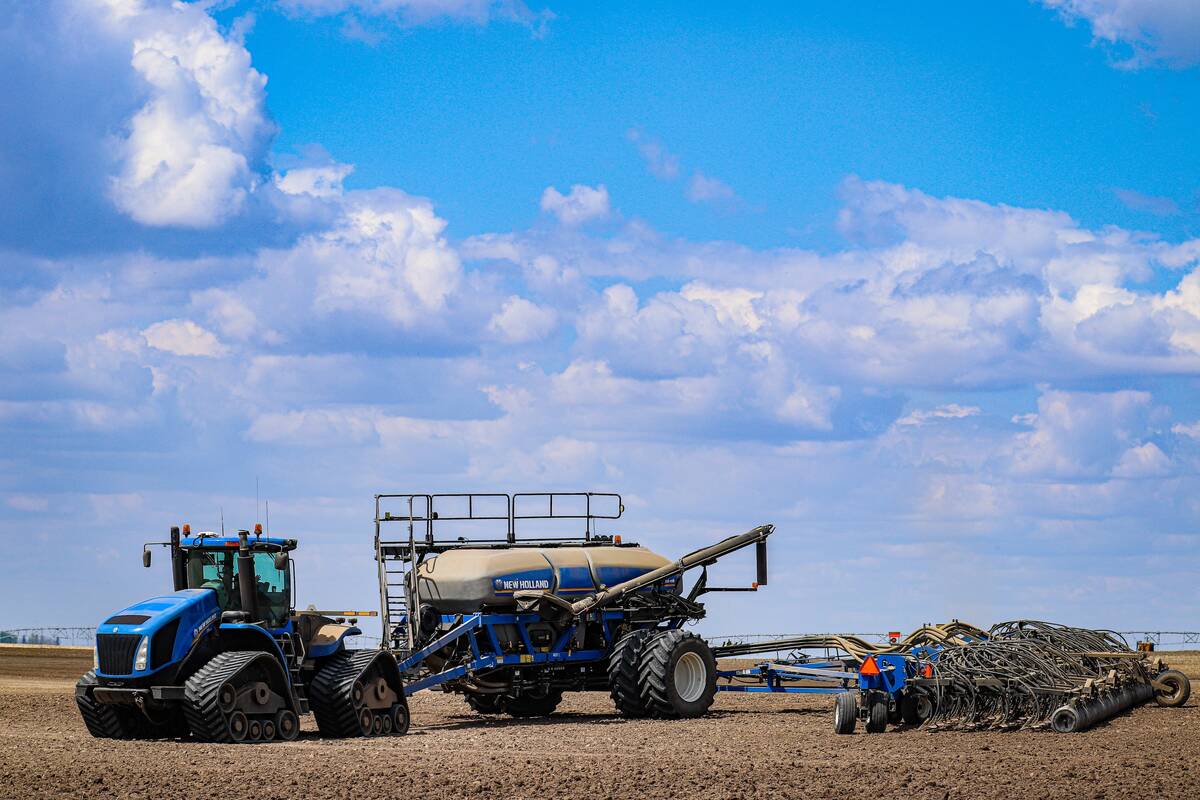
NFU says proposed plant breeders’ rights come at farmers’ expense
The National Farmers Union is pushing back against changes to the Plant Breeders’ Rights Act that would narrow the scope of farmers’ right to save seed or propagate crops from cuttings and tubers.
Wilkins, her colleagues and affected producers can only speculate where the anthrax originated because there have been no recorded instances of it in the immediate area.
“This was in a place where we’ve never seen anthrax before to our knowledge,” she said.
“It is only a couple of RMs on either side where there’s been anthrax, but in this particular location, no anthrax.”
Wilkins theorizes that localized flooding in previous wet years may have transported the resilient and long-living spores to new ground.
Changes in soil moisture, from flooding to drying, can lead to an increase of the spores on pastures. They can also build up in sloughs and potholes.
Saskatchewan Agriculture says risk of animal exposure to anthrax increases in drier years when areas dry up and become accessible. Spores can also surface when the ground is excavated or during excessive run-off.
Wilkins said buffalo create big clouds of dust as they wallow in the dry earth.
“Theoretically, it is possible that they managed to open up an old anthrax site,” she said.
“So, although the producer said there’s nothing different from this year to the next, it could be luck of the draw and the animals got into a patch where there was a historic anthrax wildlife death, but that’s just guessing. We don’t know for sure. In most cases we are not able to tell exactly where the anthrax came from.”
Contact william.dekay@producer.com





